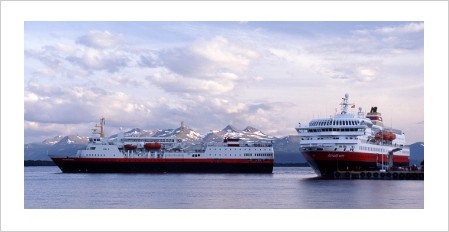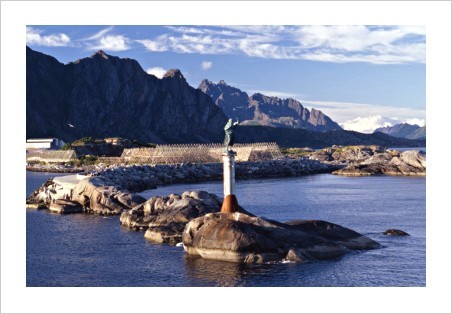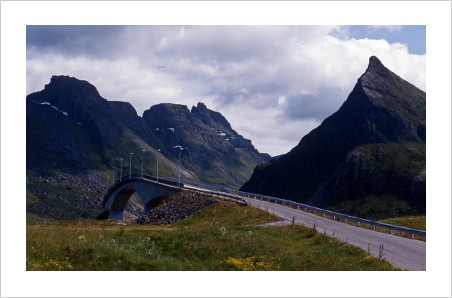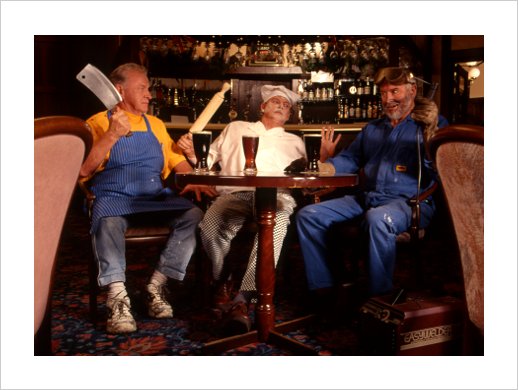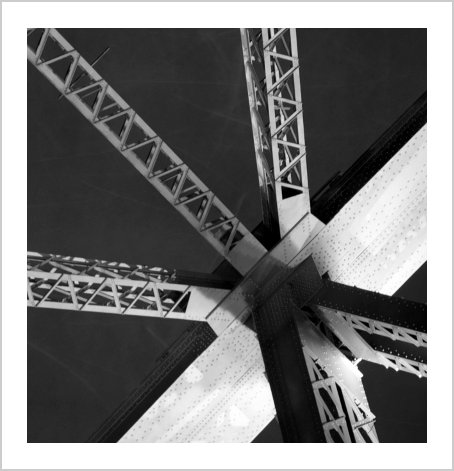
The Richard Beeston Band (now All Mankind with a fourth band member) needed fresh images leading up to a US tour.
On my recce the previous day, I found a pedestrian footbridge in Silverwater, Sydney – I had no idea what we’d shoot there but I liked the feel. With the guys sitting on the bridge it all fell quickly into place – I brought the camera to their eye level, ensured that all the lines were symmetrical and would all draw your eyes to the same point – disappearing into the distance behind Gavin’s head. Fortunately the weather was mostly overcast which contributed to the muted colour palette (I haven’t reduced the colour saturation) and helped ‘cool’ the image down, bringing out the blue in the steel. For some reason the end result makes me think of The Bronx, or at least as I imagine it from television shows of the 70s and 80s.
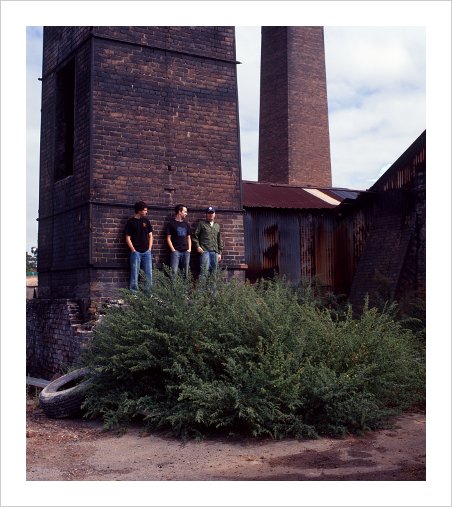
In the morning we’d spent our time at an abandoned brickpit in Eastwood – as kids the band members had played here, so they knew it better than they, er, should. We took shots in multiple locations but this one stuck as something quirky that could be used as a back cover image. I didn’t know why I liked it at the time (and I still don’t) – but it worked well enough for it to be used.

